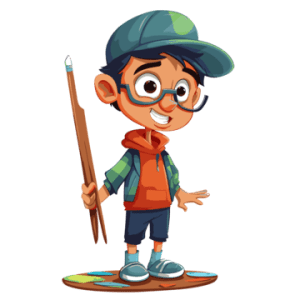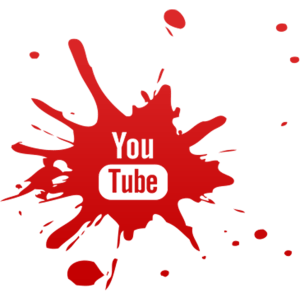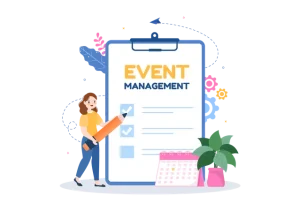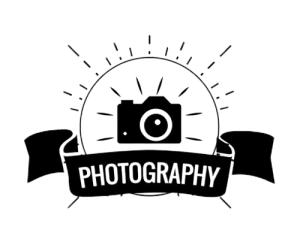“Welcome to Idea Fusion Family. Idea Fusion is a creative agency specializing in event management, tourism, animation, and AI studio services. They merge creativity and technology to deliver exceptional experiences, using cutting-edge solutions to engage audiences, enhance tourism, and transform industries through AI-driven innovation.”




Our Office Address
House No. 309, Road No. 21, Mohakhali DOHS, Dhaka – 1212, Bangladesh






